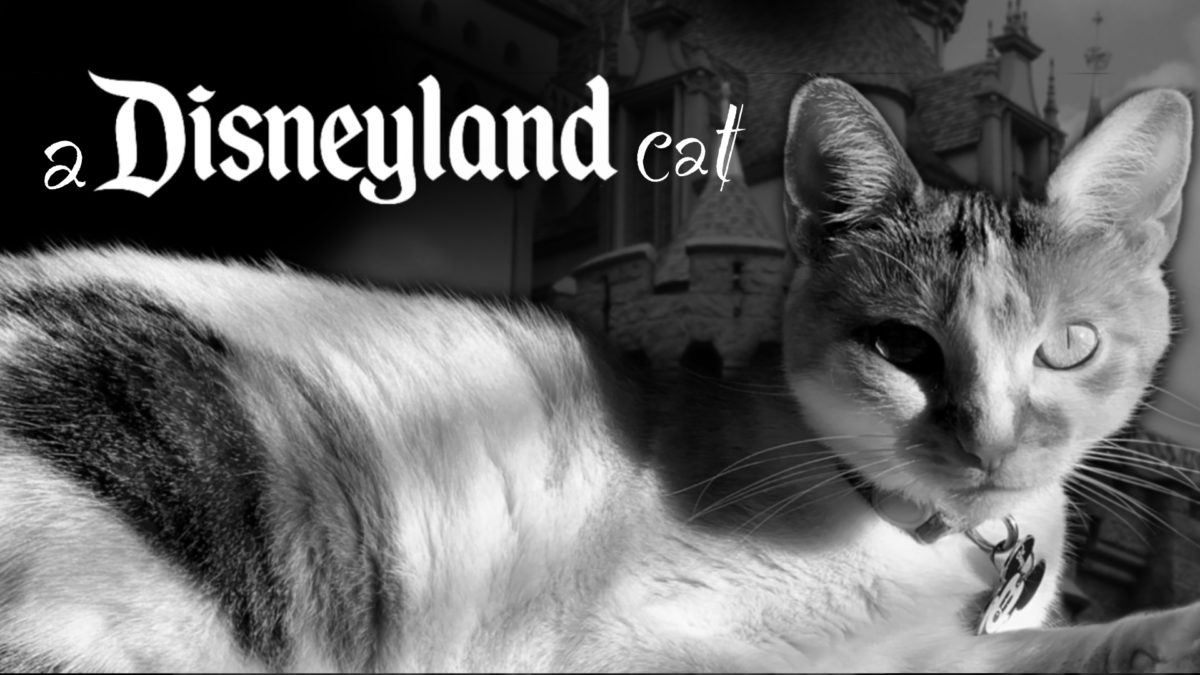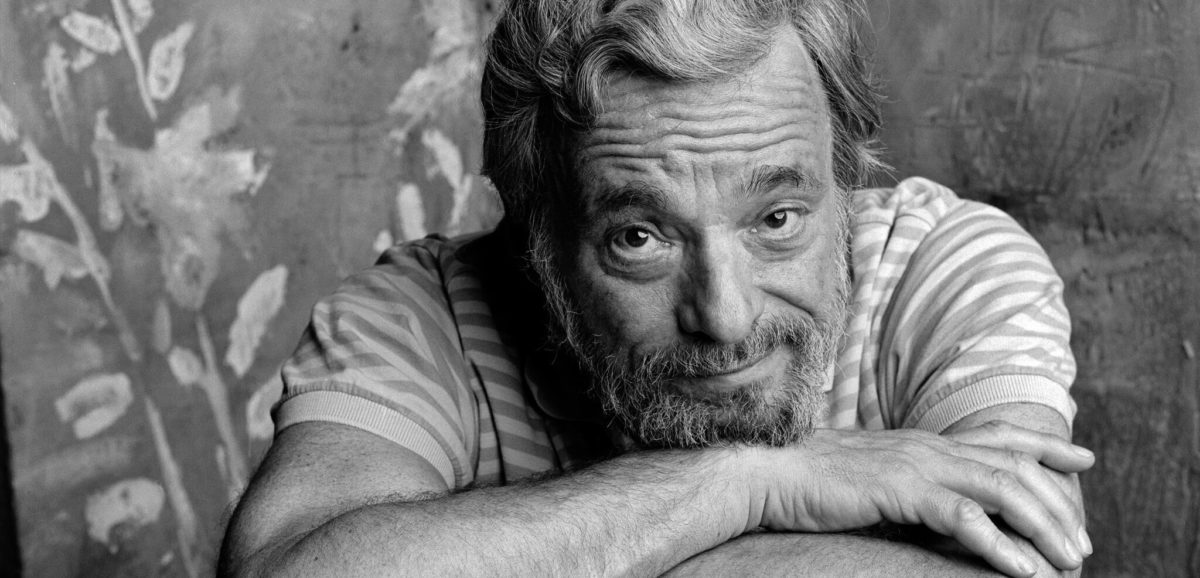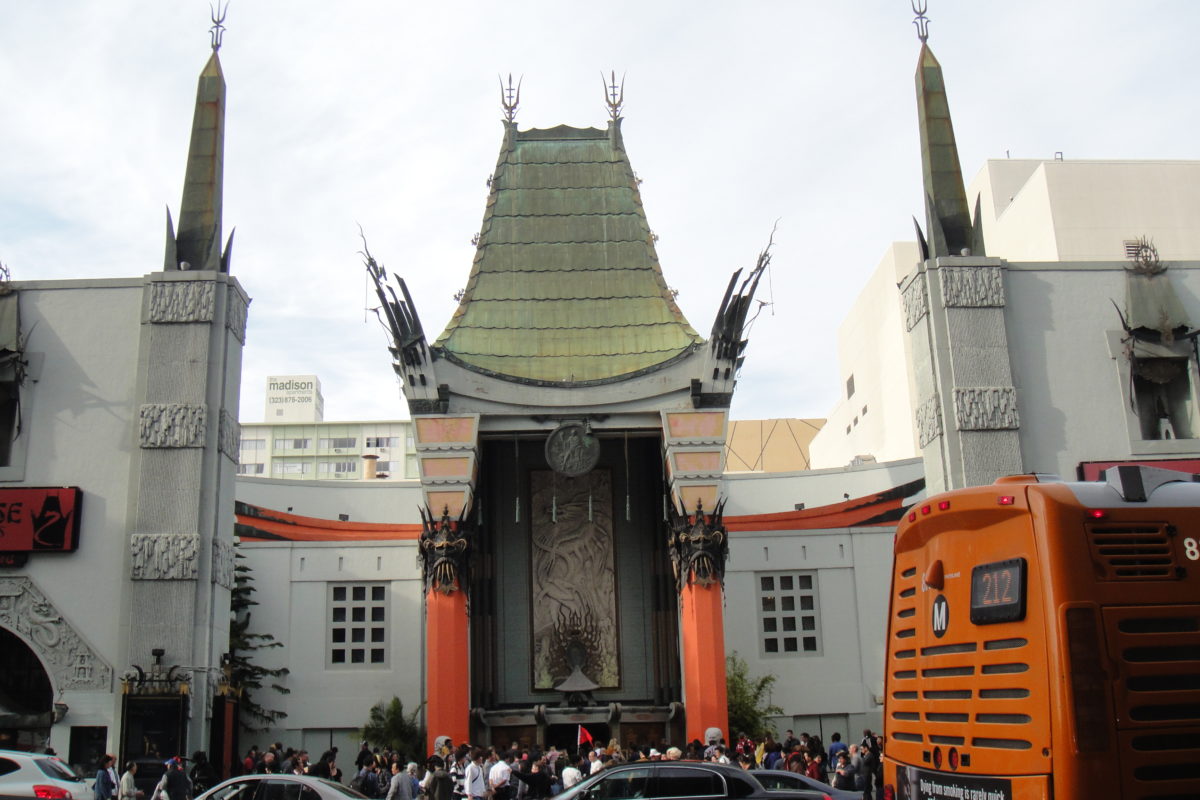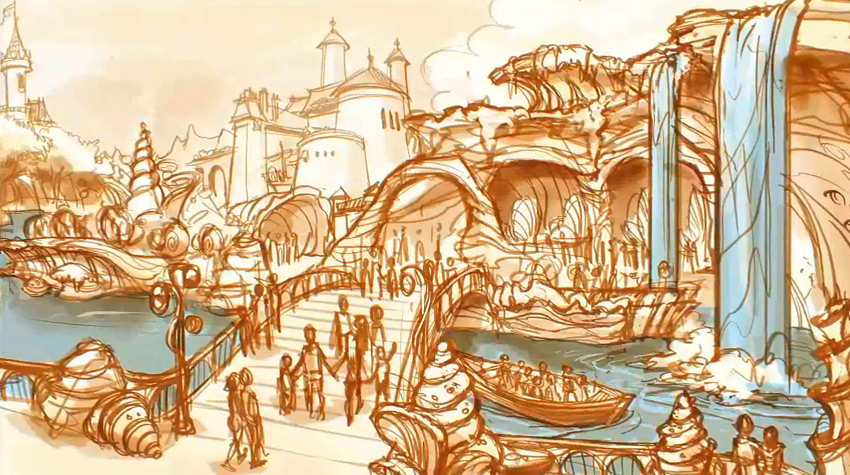It’s what you’ve all been waiting for I know, the sheet music to the legendary, chart-topping, 116 listen, I want to be a Disneyland Cat is now available for download for FREE! Now you can perform this ditty with your itty bitty kitty whenever and wherever you’d like! Have a great April!
A-Disneyland-Cat-Sheet-MusicTag: music
What Sondheim Can Teach Us About Experience Design
Photo Credit: https://www.nytimes.com/2021/11/26/theater/stephen-sondheim-dead.html
Stephen Sondheim, famed musical theatre composer, lyricist, genius, and a personal idol of mine recently passed away. His death has recently caused me to reexamine a thought I’ve had from time to time: that rides are akin to songs.
It might sound a bit strange at first to suggest that rides and songs are the most closely related storytelling mediums but consider their raw components. Music at its most basic level, stripped of lyrics, is a progression of sensations you feel. Rides at their most basic level, stripped of plot, are a progression of sensations that you feel. A simple unadorned coaster might be the equivalent of a single melodic line, one surrounded by scenery the equivalent of a full symphony: full of color, texture, and harmony. Both use these sensations to shape an arc of emotion within you — to tell stories. This is different than most movies, plays, books, and (many) games — which primarily use dialogue, plot, and prose. Those forms of storytelling speak to your mind. Music and experiences instead speak directly to your body.
Continue reading “What Sondheim Can Teach Us About Experience Design”Ready when you are CB: A Primer on Editing Technique for Themed Entertainment
At first glance it may not seem like there is that much in common between film editing and theme park design – but it turns out there’s a lot in common.
Welcome aboard! My name is Kira, and I’ll be your guide here on this great movie diatribe. It’s the perfect job for me because I used to work in movies! But just between you and me this is no ordinary tour. Because here we’ll be taking a look a film editing techniques and seeing how they can be used to design theme parks and rides! Funky huh? Just please make sure to keep your hands, arms, and eyes in an ergonomic positions at all times.
Now that we’ve taken care of business. Let’s talk about me. Back before I started pursuing a career in themed entertainment design, I had another career ambition. For a very long time I wanted to be a film editor. (Yes ironic for a person who can’t cut anything out of a 7000 word article). I fell in love with the process of editing when I was a young teenager, went to film school, and had a fairly successful career working in all stages of the post production process – editing quite a number of short films, commercials, and a feature along the way. As such, I spent a lot of time studying editing theory and how, not to craft stories from scratch, but how to tell stories with existing pieces: spending a lot of time thinking about how to shape emotion through the use of pacing, perspective, music, etc. And as such I can’t help but approach the design of themed entertainment from within this framework. But it’s occurred to me that this might be a more novel perspective for many people interested in the discipline because while modern theme park design has its roots heavily planted in movie making – most current fans and people interested in designing it tend to have roots more in visual art, writing, technology, or general theme park fandom.
And I know what you’re thinking. “Editing? How is there any editing happening in a theme park? It’s all just one continuous environment!” To which I’d reply, “Well, only sort of.” The rules and theories behind editing actually apply to any sort of art form that’s experienced over a period of time. Editing is the study of how to best tell a story. And when you look at themed attractions in particular, there’s actually a lot of tools being used in ways remarkably similar to cutting together film. So what do you say? Is everybody ready?
Continue reading “Ready when you are CB: A Primer on Editing Technique for Themed Entertainment”Why is Mermaid so Bad?
In the last major essay on this blog I discussed an attraction that is commonly held to be one of the best dark rides ever made, Pirates of the Caribbean, and examined some of the techniques used that make it work so well. Today, I’d like to swing the pendulum in the opposite direction and look at one of the more ‘meh’ examples of dark ride design in the Disney library.
Under the Sea: Journey of the Little Mermaid, and in California, The Little Mermaid ~ Ariel’s Undersea Adventure are the long awaited ride adaptations of the classic 1989 animated musical that debuted as part of Florida’s new Fantasyland in 2012 and the revamped California Adventure in 2011. From here on I’ll just refer to them as ‘Mermaid’. For the purposes of this analysis I’ll be focusing mostly on the ride portion of the experiences as these are nearly identical between both coasts. The rides debuted to much fanfare from the Disney PR machine but have had a decidedly negative to, at best, ambivalent reaction among the fan and theme park community. To be clear, the rides are still of high quality and feature some dazzlingly technology, especially when compared to competitors, and many guests still find the experience enjoyable enough. But, I think it is fair to say that for a movie as iconic and beloved as The Little Mermaid the attraction that resulted, even for a ‘C’ or ‘D’ ticket experience as intended, feels underwhelming, and moreover, just off. Even simple dark rides like Peter Pan and Mr. Toad give better experiences. What is it?
Theme Park Musing (#1?)
Occasionally I write some thoughts about design but not fully fleshed out enough to be an essay. Going to try to post those here more often then just on the tumblr. I’ve written quite a few, but I think this is the first one here so I’m gonna call it #1
I think when designing attractions it’s essential to remember that they do not tell stories in the way that we’re used to. They have more in common with dance or music than movies or books.
Movies, books, and plays tell stories through the use of characters, dialogue, and their interactions. They all essentially rely on the written or spoken word to create their story.
Dance and music are different. To say a ballet gets it’s meaning through the synopsis in the program is ludicrous. It’s a useful tool that gives the dance clarity and context, but the actual story is told primarily through movement.
I think the danger we face when trying to create attractions, especially as time goes on and we try to imbue more meaning and complex, multidimensional stories into them, is that we focus too much on the characters, dialogue, backstory, and story in the traditional, written, sense rather than using the medium at hand. We’re at danger of giving immense attention to songs’ lyrics while giving only marginal attention to the music itself. Lyrics give clarity and specificity to music, but truly good music conveys the essence of that story with just the melody and harmony itself.
@pureimagineering defines Story as someone wanting something badly and something getting in the way. (Paraphrased). I think I’d broaden that definition though and say the essence of Story, and really theme as well is a progression of emotions generally involving conflict and release, that is shared between the storyteller and audience. We usually channel that emotional progression into metaphors of characters, events, circumstances, and themes. Most types of storytelling require the storyteller to assign all or most of these for the audience. Written and spoken language require specific abstraction to relate ideas and meaning. But music and dance don’t. It can help make sure everyone is on the same page but doesn’t really affect the outcome. A truly well written song will convey its story and meaning with or without lyrics. Lyrics just take a song about grief and give nuance about the death of a specific person and guide the audience in interpretation. However it’s worth noting that audiences often strip away details that they have difficulty empathizing with or are irrelevant to their life and insert their own experiences instead. See the popularity of “part of your world”. I’d dare say most people can relate to being a mermaid wanting to be in the human world. In fact, these days, most people probably wish to be AWAY from the human world. The written story of the song acts as a way to give specificity to a broader musical statement about longing and wanting to be part of something. Surely the song wouldn’t function as well without that attached cipher, but I’d argue any similar lyrical statement would work just as well. And the lyrics without the music, or attached to the tune of Yankee Doodle would largely be a footnote in history. Indeed, in musical theatre (and Alan Menken’s work in particular) the “I want” song is a classic staple – often the most popular song of any show, and they tend to have very similar musical features. The same story is being told musically, again and again.
And if audiences are bound to insert their own specifics into a story, then it’s up to us to craft the larger framework of emotion that will direct what experiences they choose so they arrive at the intended meaning.
Anyway, this is all to say, that themed entertainment is a storytelling medium where stories are told through ENVIRONMENTS, spaces, objects, and the progression of those locations. Yes there are characters and setups that can help clarify and direct the intended meaning, but they should merely be channeling the story that’s already around them. It’s insanely important for designers to remember this. To not use the medium at hand is akin to writing lyrics for a song and then slapping them on the first melody that syllabically fits.
I think the comparison in storytelling between books/movies/theatre and music and how that relates to themed entertainment is interesting for another reason too.
Books/movies/plays tend to have a bias towards very dramatic arcs in emotion whereas songs tend to have a bias towards relishing in one particular emotion with a much subtler arc.
In part I think this is due to length. The most popular manifestations of the written word mediums are novels, feature films/long form television, and 2 hr plays. Music’s most popular form is the song. When compared to a full album, opera, movement, or symphony (or to the short story, an episode of a serialized tv show, chapter, or scene)you start to see similar ranges.
But the question then becomes what are the equivalents in themed entertainment? Is a park equivalent to a play or symphony and each attraction is merely a scene or movement? Or is each attraction an entire movie unto itself and the park is more of a library? Or is an entire attraction just a part of a scene, or just a song relishing in one feeling, the land the scene, and the park the whole work?
I don’t really think there’s an answer yet and maybe the beauty of themed entertainment is that we won’t be bogged down by presiding notions of how much time and space a story warrants. Disneyland might function more as a library of self contained adventures that are only broadly related while Animal Kingdom is a much more carefully crafted overall story with each land providing supporting scenes. And they’re both great!
I think it’s safe to say in general that as time has gone on the scope of Story has changed from individual attraction, to land, and it’s leaning towards park now.
I certainly think the ambition though among those of us that see the potential of themed entertainment is to see a truly fractal park. Where the park is a masterwork of Story/theme and each contributing smaller portion echoes that theme and adds to it. And hell in my ideal WDW fantasy the entire resort still creates an overarching idea. (Humanity And Hope for the Future).
But it’s worth noting that this is only one approach, even if most of it see it a bit like the holy grail. A library approach is legitimate too – and when done well (aka organized) might even be a more satisfying experience. I think the interesting thing about Disneyland is the diversity of experiences it offers-not only in themes, but in the arcs of attractions. Some attractions are entire play-like stories. And others are much more song-like. And scale and duration don’t necessarily determine which is which.
So yeah the medium is new and there’s a lot that hasn’t been conventionalized. I would add though, that if the norm becomes attractions that take 2-3 hours from the moment you enter the queue to the moment you exit then we should really be thinking hard about the kind of stories being told in those attractions. In the past an attraction being equivalent to a song, scene, or movement has worked well – but I’m not sure anyone wants to listen to the same song for 2 hours unless it’s more like an opera.




